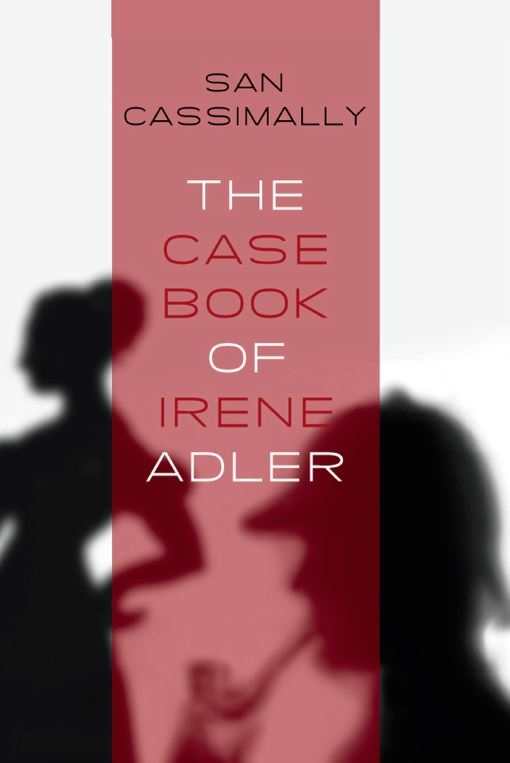The Case Book of Irene Adler
The Irene Adler Trilogy
Cassimally spectacularly describes Sherlock Holmes’s Victorian England in this fresh glimpse at the detective through the eyes of Adler.
In The Case Book of Irene Adler, San Cassimally puts the famous “Woman” (Irene Adler, who only appears in one Arthur Conan Doyle story) directly into the residence of Sherlock Holmes. Layering the novel with descriptions of life in Victorian England, Cassimally gives an interesting glimpse into the ego, intellect, and home life of the famous detective and his sidekick.
In this review of Holmes’s cases, Cassimally alternates between Adler’s own adventures with her fellow compatriots at the Club des As and her time observing Holmes and Watson as they work on cases. Through crafty use of disguise, Adler lives as Holmes and Watson’s housekeeper, Mrs. Hudson, reporting on the proclivities of Sherlock and impacting cases in her own way. By eavesdropping and paying close attention, the disguised Adler offers a fresh perspective on the character that is the storied detective.
One spectacular success in this book is the rendering of Victorian England. The setting is detailed and accurate, and Cassimally seems to be in his element when describing the place and time: “Lord Clarihoe soon became my best friend in the Club. Together we went to the Café Royal once a week, attended races at Ascot…We even took trips to the Continent, but we had yet to realise our dream of going tiger shooting in Bengal.”
Each chapter deals with an individual case undertaken by Holmes or Adler at some point in the storytelling history of Doyle. The chapter heading hints at the case and gives the year it occurred. For example, the chapter entitled “Neville St Clair” draws on the story “The Man with the Twisted Lip,” incorporating the original plot elements with the twist of Adler’s presence during the case. For the most part, this works well, delivering readers a unique view of Holmes’s mind and personality.
One of the novel’s downfalls is the occasionally complex writing style. A prime example of this occurs in the chapter about Moriarty: “As for Moriarty, although he lived openly as a free citizen, I will only be bestowed the dubious honour of meeting him later, and am about to recount the circumstances shortly.” When the attempt to mimic the tone of the Holmes stories works, it’s seamless; but when it falters, it makes reading cumbersome and unclear.
A passing acquaintance with the canon of Doyle is necessary for the stories that Irene tells to have full impact. With the renewal of public interest in Holmes, Watson, and their cases, much of this book should find a ready audience.
Reviewed by
Lynn Evarts
Disclosure: This article is not an endorsement, but a review. The publisher of this book provided free copies of the book and paid a small fee to have their book reviewed by a professional reviewer. Foreword Reviews and Clarion Reviews make no guarantee that the publisher will receive a positive review. Foreword Magazine, Inc. is disclosing this in accordance with the Federal Trade Commission’s 16 CFR, Part 255.

